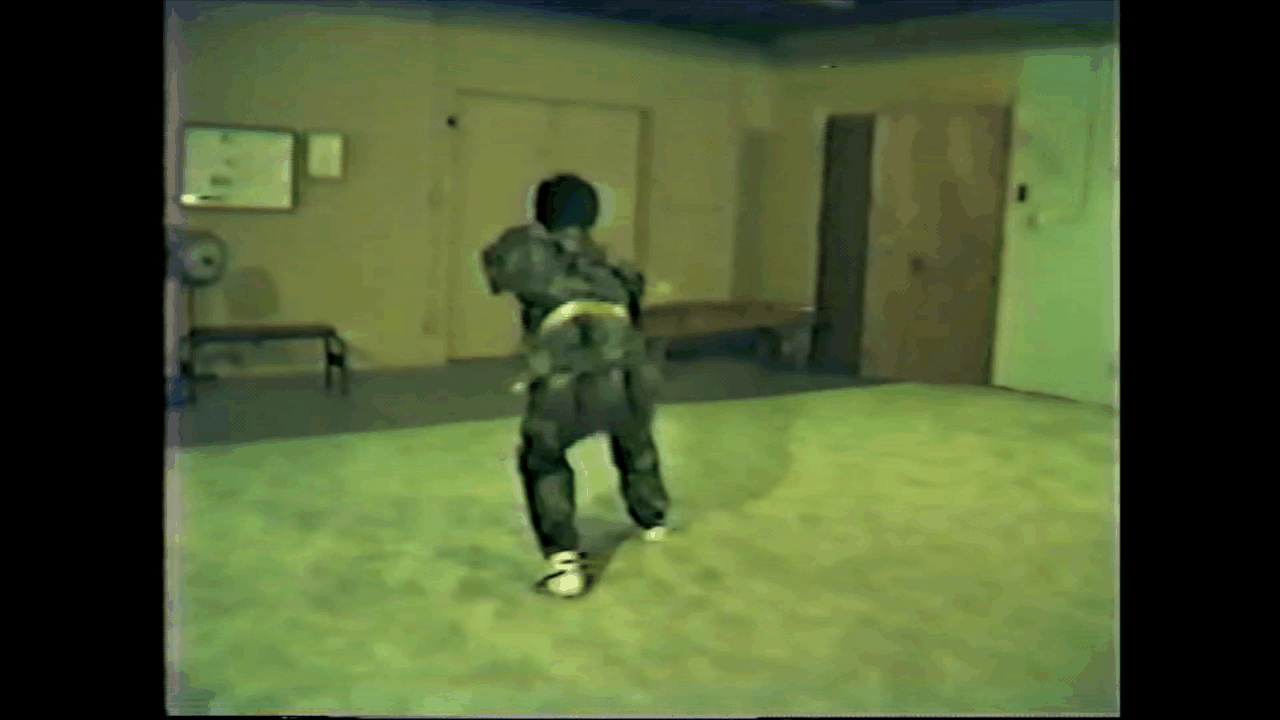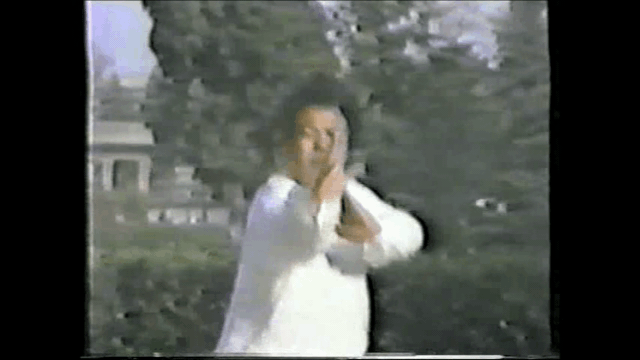Simfers
Green Belt
I don't teach anymore, but when I did I used to do that all the time, peppering the techniques I taught with little modifications that I'd seen somewhere, tried and found to work well for someone my size. I'd always teach the base technique as well, but no technique was so sacro-sanct as to be immune to change.Question for those that teach -
If an instructor from another school taught you a variation of a technique, that worked much better and made more sense than what you taught, would you teach that new variation to your students?
There was one instance where I was helping someone prep for their black belt exam and showed them a variation to the defence gainst a roundhouse kick. They asked me how I'd come up with it and I told them the truth:
I'd cribbed it from the Batman: Arkham Asylum video game.
If it works, it works.





